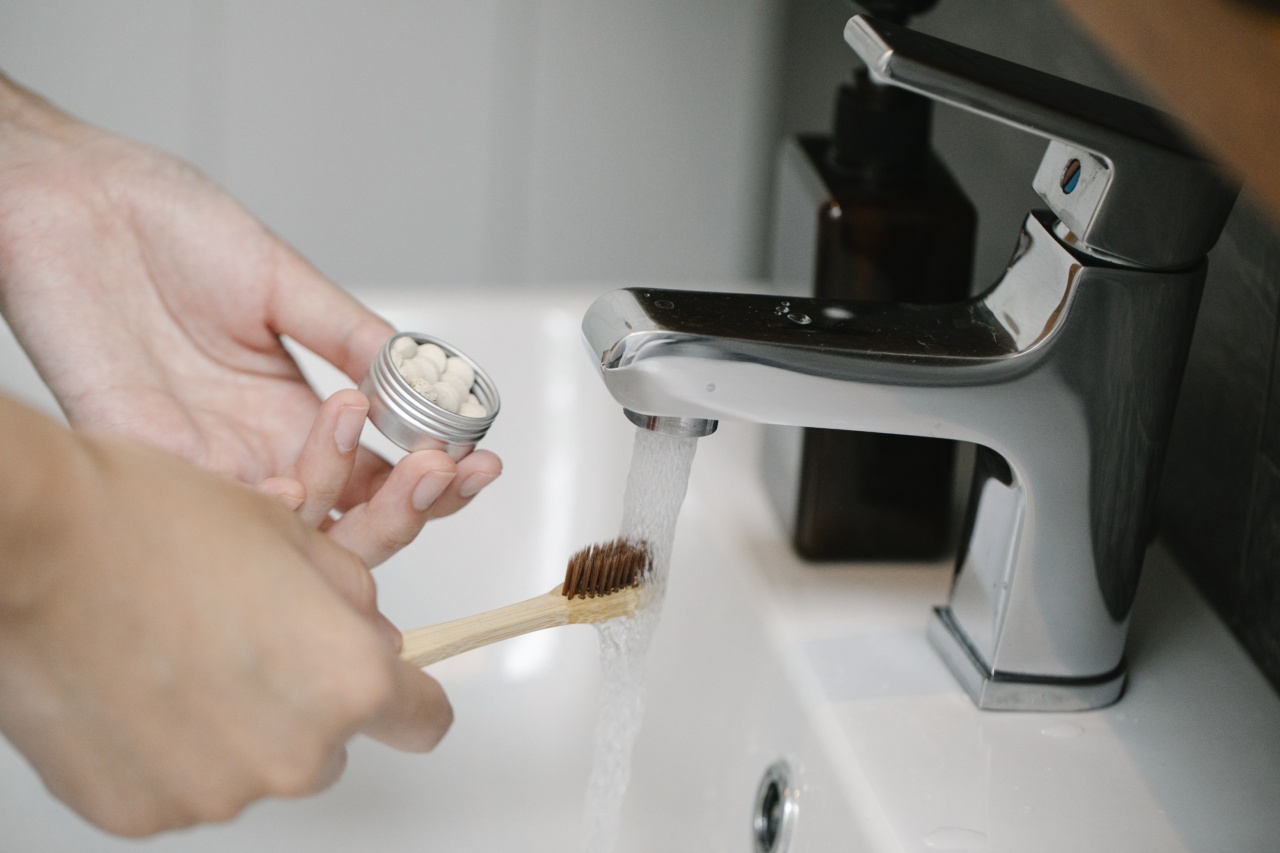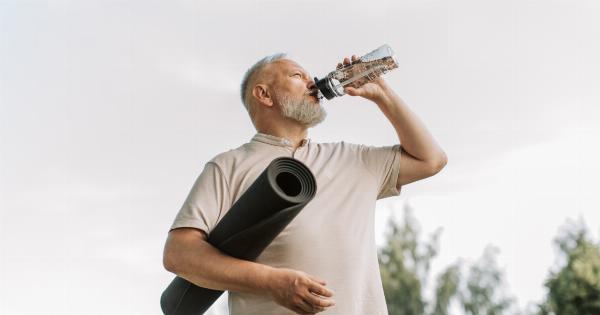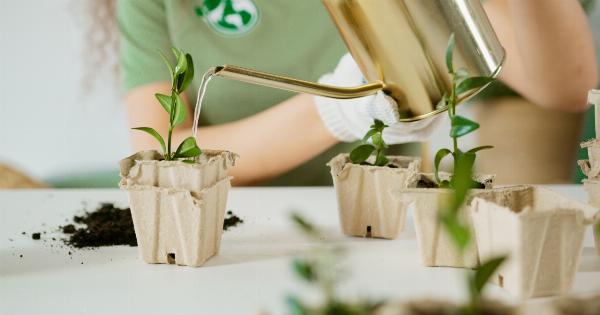Water retention or edema is a common condition that occurs when fluids accumulate in the body’s tissues, causing swelling and discomfort.
While water retention is not typically dangerous, it can be a sign of an underlying health issue, such as kidney disease or heart failure. If you experience persistent water retention, it’s important to consult with your doctor. However, for occasional water retention, there are several simple steps you can take to reduce it naturally.
1. Drink Plenty of Water
It may sound counterintuitive, but drinking more water can actually help reduce water retention. When you’re dehydrated, your body holds onto fluids as a way of survival.
By staying well-hydrated, you can signal to your body that there’s no need to hold onto extra fluids. Aim to drink at least eight glasses of water daily, and more if you’re active or live in a hot climate.
2. Cut Back on Salt
Excess salt is one of the most common causes of water retention. When you consume too much salt, your body retains fluids to dilute the excess sodium. By cutting back on salt, you can help your body release extra fluids naturally.
Avoid processed and packaged foods, which are often high in sodium, and flavor your food with herbs and spices instead of salt.
3. Eat More Foods Rich in Potassium
Potassium is an essential mineral that helps regulate fluid balance in the body. Eating more potassium-rich foods can help reduce water retention by promoting urine production.
Some good sources of potassium include bananas, avocados, sweet potatoes, spinach, and yogurt.
4. Incorporate More Magnesium into Your Diet
Magnesium is another important mineral that can help reduce water retention. It works by helping your body excrete excess fluids. Good dietary sources of magnesium include leafy greens, nuts, seeds, and whole grains.
5. Exercise Regularly
Regular exercise can help reduce water retention by improving circulation and promoting lymphatic drainage. Aim for at least 30 minutes of moderate-intensity exercise, such as brisk walking or cycling, most days of the week.
6. Use Compression Garments
Compression garments, such as socks and stockings, can help reduce water retention by improving circulation and preventing fluid buildup in the legs.
They work by applying pressure to the tissues, which helps move excess fluids back into the bloodstream.
7. Elevate Your Legs
If you’re experiencing water retention in your legs, elevating them above heart level can help reduce swelling. Lie down with your legs elevated on a pillow or prop them up against a wall for 20-30 minutes several times a day.
8. Massage Your Affected Areas
Massaging the areas where you’re experiencing water retention can help stimulate lymphatic drainage and reduce swelling.
Use gentle, circular motions to massage the affected areas, or consider getting a professional massage to help promote circulation and fluid movement.
9. Avoid Sitting or Standing for Long Periods
Sitting or standing for long periods can cause fluid to accumulate in your legs and feet, leading to swelling and discomfort. If you have a desk job, try to take frequent breaks to move around and stretch your legs.
If you’re standing for long periods, try to shift your weight from one foot to the other and avoid locking your knees.
10. Try Natural Diuretics
Natural diuretics can help reduce water retention by promoting urine production. Some good options include dandelion tea, apple cider vinegar, and parsley.
However, it’s important to talk to your doctor before using any natural diuretics, especially if you’re taking medication or have an underlying health condition.




























